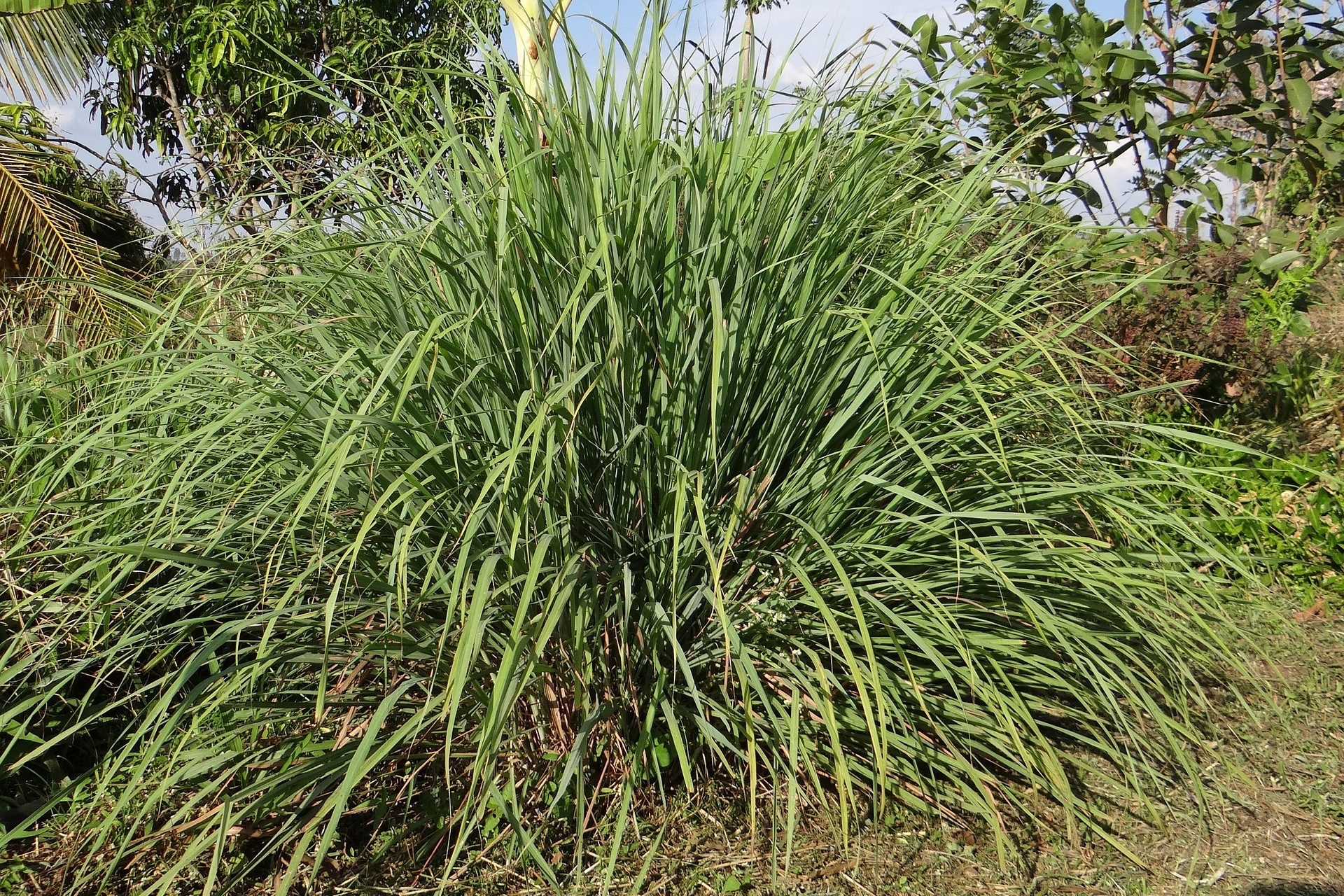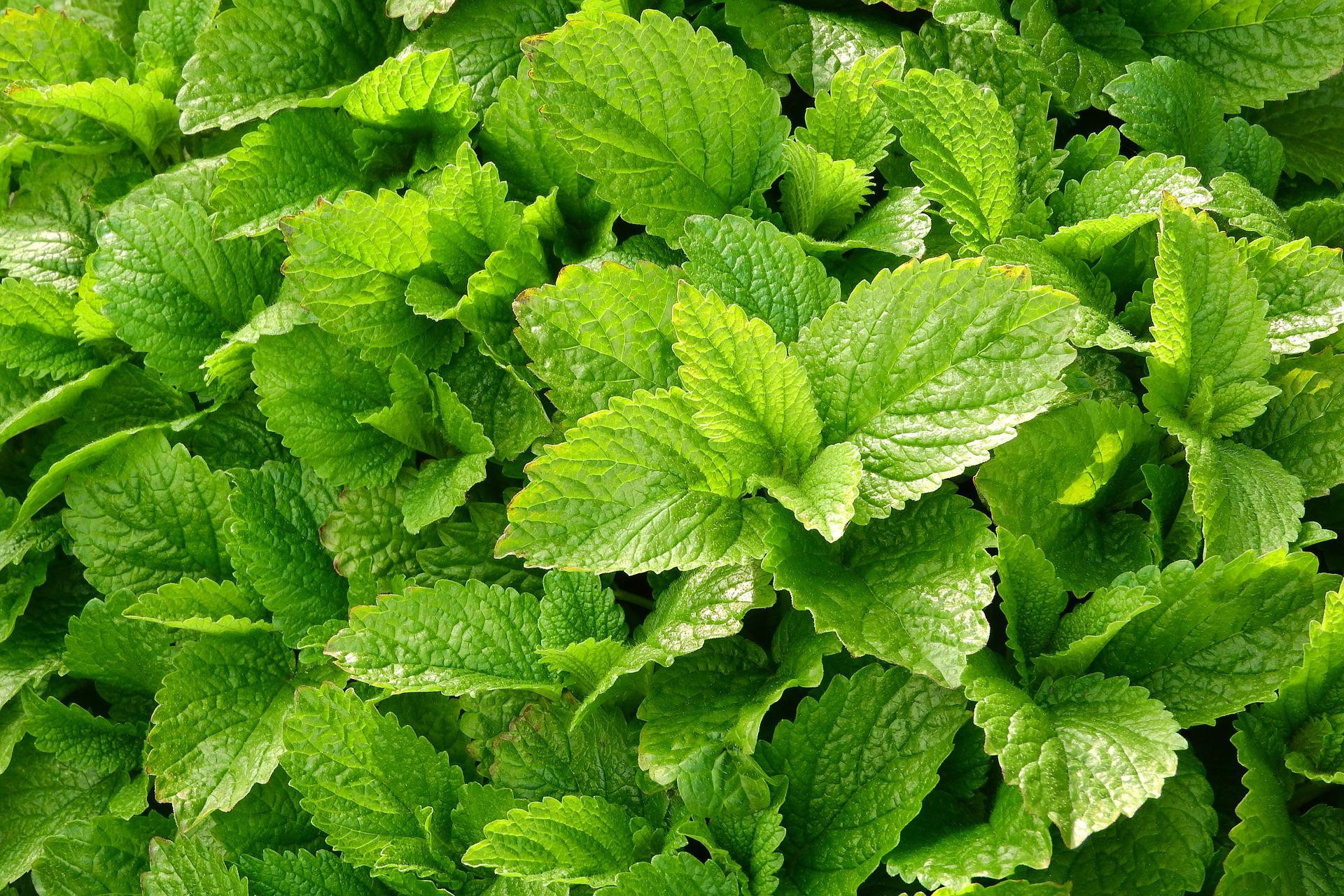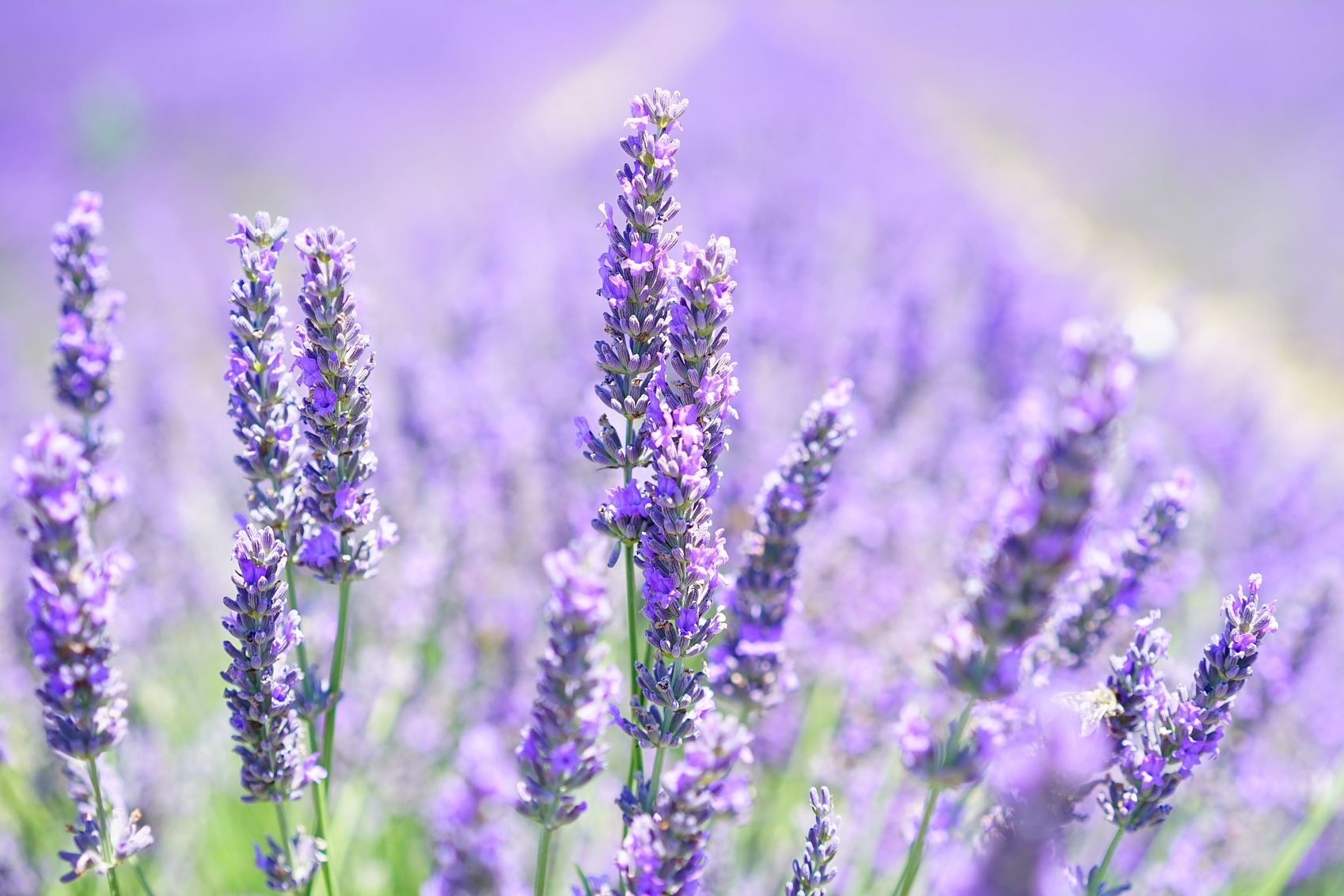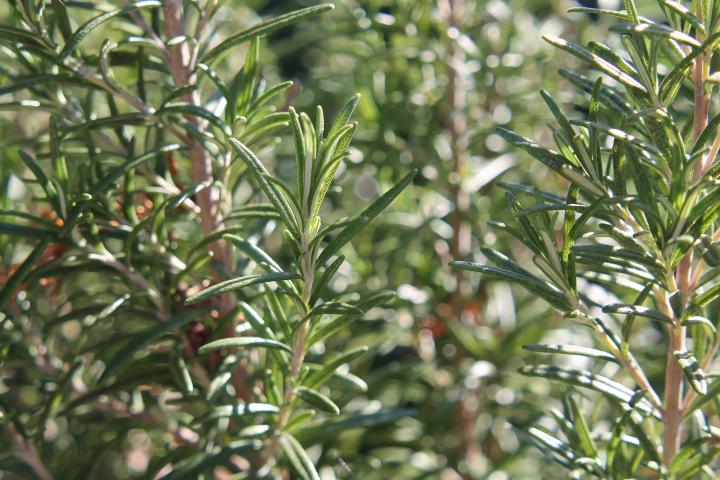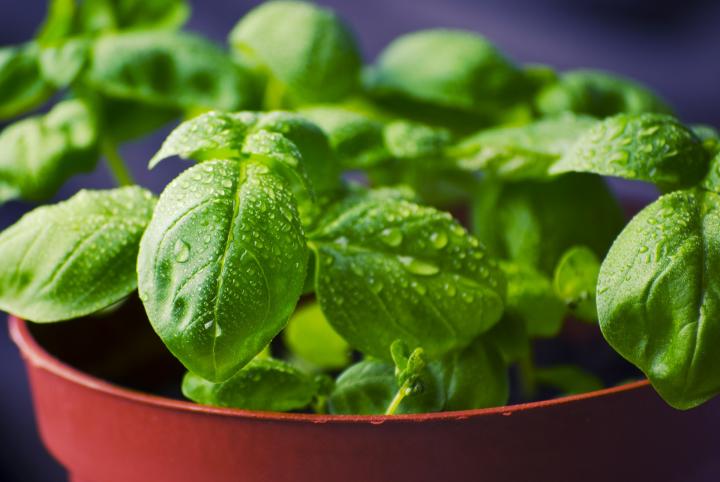
Plants That Actually Repel Mosquitoes and Other Biting Bugs
ADVERTISEMENT
Luckily, there are some plants that you can add to your garden that will help keep them away.
As for eating garlic...I think it's effectiveness all depends on the individual. Everyone's body chemistry is just a little bit different. Personally, I have found that regularly eating raw garlic cloves really does keep biting insects away from me, and I know one or two other people for whom it has the same effect. This is why it isn't backed by science: It doesn't work for everyone.
WHAT ABOUT THE CITRONELLA (GERANIUM TYPE) PLANT THAT IS SOLD IN LOTS OF NURSERIES ??? I ALWAYS BUY 2 AND PLACE ONE AT MY FRONT DOOR AND ONE AT MY BACKDOOR. IT IS RARE THAT A MOSQUITO EVEN ENTERS MY HOME !!!
Thanks for sharing this great tip with us!
The best repellent for all bugs, including those pesky gnats, is Palmer's Coconut Butter. Smear it on face, around ears, in your hair. Nothing will bother you. Reapply as needed. Of course, you'll have to shower afterwards, but nothing has ever worked as well as Palmer's.
Just make sure you don't plant this in a pond or lake. It is very invasive. Potting is safe.
Many years ago when I worked at a lakeside campground, I would rub fresh pennyroyal (a member of the mint family) on my exposed skin and never had any trouble with mosquitos.
I rub Thieves Oil on exposed skin ( mix with an oil like olive oil or unscented lotion). I've found it to be effective.
Tansy helps to repel mosquitoes. Crush a couple of leaves and rub on exposed skin. It has a pleasant lemony odor. Tansy is poisonous when eaten. However, my horses, dogs and cats leave it alone.
This not scientific analysis, but personal observations about mosquitoes and black flies (VT’s state bird).
Body odor has a lot to do in attracting these bugs. For some reason I don’t attract mosquitoes, expect it’s some kind of odor or lack of it I’ve been outside with little problem but when a visitor comes, they are switching these insects off them. Don’t know what, fragrant soap they use if that’s the case, or being natural human insect bait. Found out that warmth does attract them. They will seek out my ears that gives off heat. Also when the mailman arrives and stops to talk, the vehicle is loaded with them, heat of the engine. Women seem to attract them more so than men.
Another observation. Noticed within the past 5 years or so, when driving in the warm evening, my windshield isn’t so loaded with splattered bugs. Something is going on. It use to be driving with headlights you could see many bugs over the warm tarred highway and had to use the windshield washer to see. Not so now. Don’t believe Global Warming or pollution (in VT?). No one I know of has observed. I’ve driven in many states and haven’t notice the windshield / bug splattering situation.
Great article.

